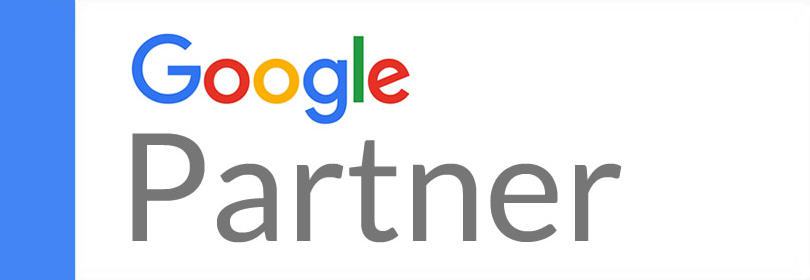Seduce Your Audience With Influencer Marketing

Finding Authoritative Voices to Drive Desired Consumer Behaviors
Moz.com defines influencer marketing as-- the process of developing relationships with influential people that can lead to their assisting you in creating visibility for your product or service.
ARE INFLUENCERS PART OF YOUR CONTENT MARKETING STRATEGY?
Here's why they should be:
- From 2014 to 2015 the number of global ad blockers being used grew 94% on mobile and 16% on desktop ( KPCB.com )
- Another study showed that in June 2016, 26.3% of users block ads (emarketer)
- 90% of social media users were influenced to make a purchase after seeing relevant social content (geometry global)
- 92 percent of consumers trust recommendations from others, even people they don’t know, over branded content.
The purpose of influencer marketing is to influence the behavior of your target audience by a well known authority promoting or endorsing your brand in a way that reaches your audience. An influencer can be a trusting and authentic voice that serves to build a relationship between your customers and your brand in a way that traditional marketing cannot.
Speaking of being different from standard offline and online marketing, influencer marketing is unique in that it delivers a branded message from an outside party that is a trusted authority. A major misconception with influencer marketing is that you need to find an influencer with a big audience, when in reality you should seek to find someone with the best fit and relation to the brand audience.
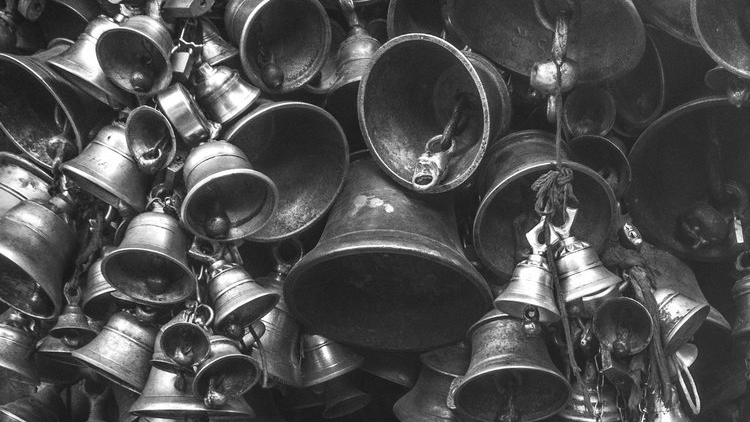
There is a perception that influencers exist in a hierarchy, whereby the larger the celebrity status or social following the more a brand should pay attention. While that can sometimes be the case depending on your budget and situation, it does not always hold true. In a study performed by Markerly, of 5 million Instagram unpaid posts, they found that as an influencer's followers increase, the corresponding rate of engagement decreases.
Influencer marketing messages are best delivered via social channels. This method of dissemination does not disrupt the users consumption of content, but rather it is part of it. However, the type of campaign you are running and your audience's consumption habits will play a large role in determining the best channels for disseminating content. Social listening can play a large role in determining how and where your audience consumes the most content.
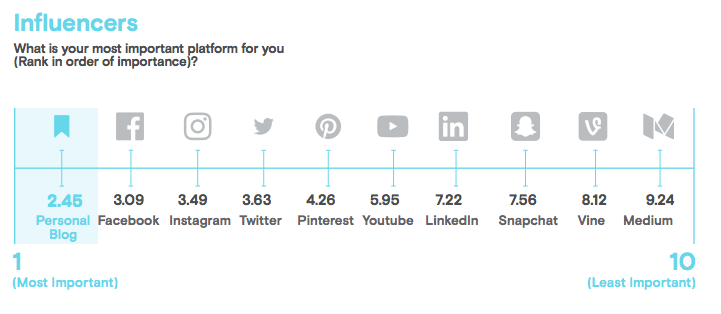
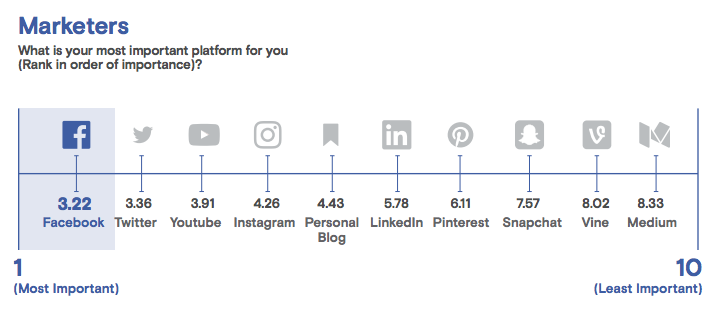
From an influencer perspective, the blog is the #1 medium to disseminate content with Facebook, Instagram and Twitter closely following (Altimeter).
Marketers view Facebook as the #1 source for influencer campaign content followed by Twitter, Youtube and Instagram (Altimeter).
At the end of the day channel selection is a critical element to your strategy. Selecting your channels is dependent on both the influencer you have selected and your target audience behaviors. We can see from the above, that while there is some overlap, you will need to research the best combination with matching your audience to the right influencer.
Social listening can play a major role in identifying and mapping influencers for your brand. This mapping also enables tracking and campaign analysis to be completed. Furthermore, listening informs content consumption patterns. Read more about how to find your brands audience, here.

FOUR KEY WAYS TO ENTICE INFLUENCERS TO SPEAK ABOUT YOUR BRAND:
- Send an influencer a free product or service to test and use
- Pay for sponsored content - i.e., highlight your product or service in a blog post or video
- Create a guest post
- Contests to win your product or service
In an Altimeter survey it shows that sometimes (35.1%) and never (12.8%) do brands request a disclaimer to be shown.
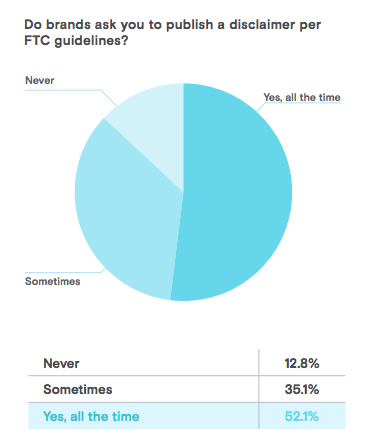
In closing, the number one take-away for all influencer marketing campaigns is to be transparent and disclose the relationship the brand or company has with this individual or group.
The FTC has been keeping an eye on influencers with endorsements and whether or not proper disclosure has occurred. By not disclosing payment, the FTC views this as deceptive advertising.
Lord & Taylor is one of several cases where the FTC filed a complaint for failure to disclose that influencers posting on Instagram promoting a product did not tell viewers they were being compensated.



